ACCA P2 (INT) Corporate Reporting - Study text - 2010 (Emile Woolf)
Подождите немного. Документ загружается.

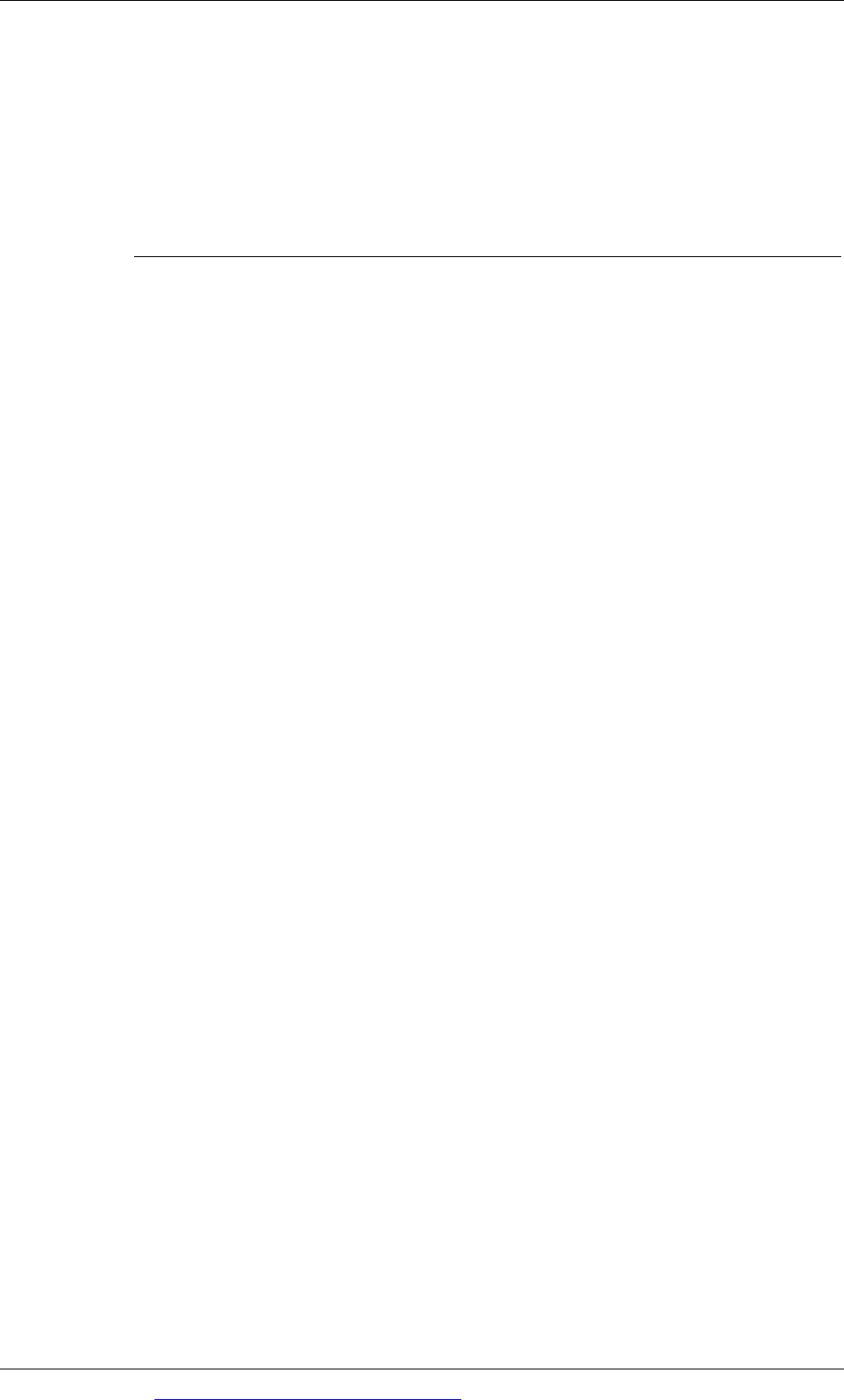
Practice questions
© EWP Go to www.emilewoolfpublishing.com for Q/As, Notes & Study Guides 563
Required
(a) Discuss why there is a need to disclose diluted earnings per share.
(b) Calculate the diluted EPS according to IAS 33 Earnings per Share from the
following information for X, a company whose shares are traded on a stock
market.
Accountingdatayearended31MayYear6:
Netprofitaftertaxandnon‐controllinginterest $18,000,000
Ordinarysharesof$1(fullypaid) 40,000,000
Averagefairvalueforyearofordinaryshares
$1.50
(1) Share options have been granted to directors giving them the right to
subscribe for ordinary shares between Year 7 and Year 9 at $1.20 per
share. There were 2,000,000 options outstanding at 31 May Year 6.
(2) The company has $20 million of 6% convertible bonds in issue: The
terms of conversion of the bonds per $250 nominal value of bond at the
date of issue (1 May Year 0) were:
31 May 2 Year 6 24 shares
31 May Year 7 23 shares
31 May Year 8 22 shares.
None of the bonds have as yet been converted.
(3) There are 1,600,000 convertible preference shares in issue. The
cumulative dividend is ten cents per share and each preference share
can convert into two ordinary shares. The preference shares can be
converted in Year 8.
(4) Assume a tax rate of 33%.
(c) Discuss the nature of the diluted EPS calculation in (b) where the order of the
dilutive effects is ignored.
(d) Discuss the view that the basic EPS should be based upon not only existing
issued shares but also on other shares which are in substance ‘share
equivalents’ and have a dilutive effect on the basic EPS.
25 Universal Solutions
(a) Explain the following as used in IAS 19 Employee Benefits:
(i) The term ‘defined benefit pension plan’
(ii) The basis to be adopted in measuring scheme assets
(iii) The basis to be adopted in measuring scheme liabilities
(iv) Actuarial gains and losses.
(b) Universal Solutions operates a defined benefit pension scheme on behalf of its
employees. The company conducts an annual review of funding in
conjunction with their actuaries who have supplied the following information:
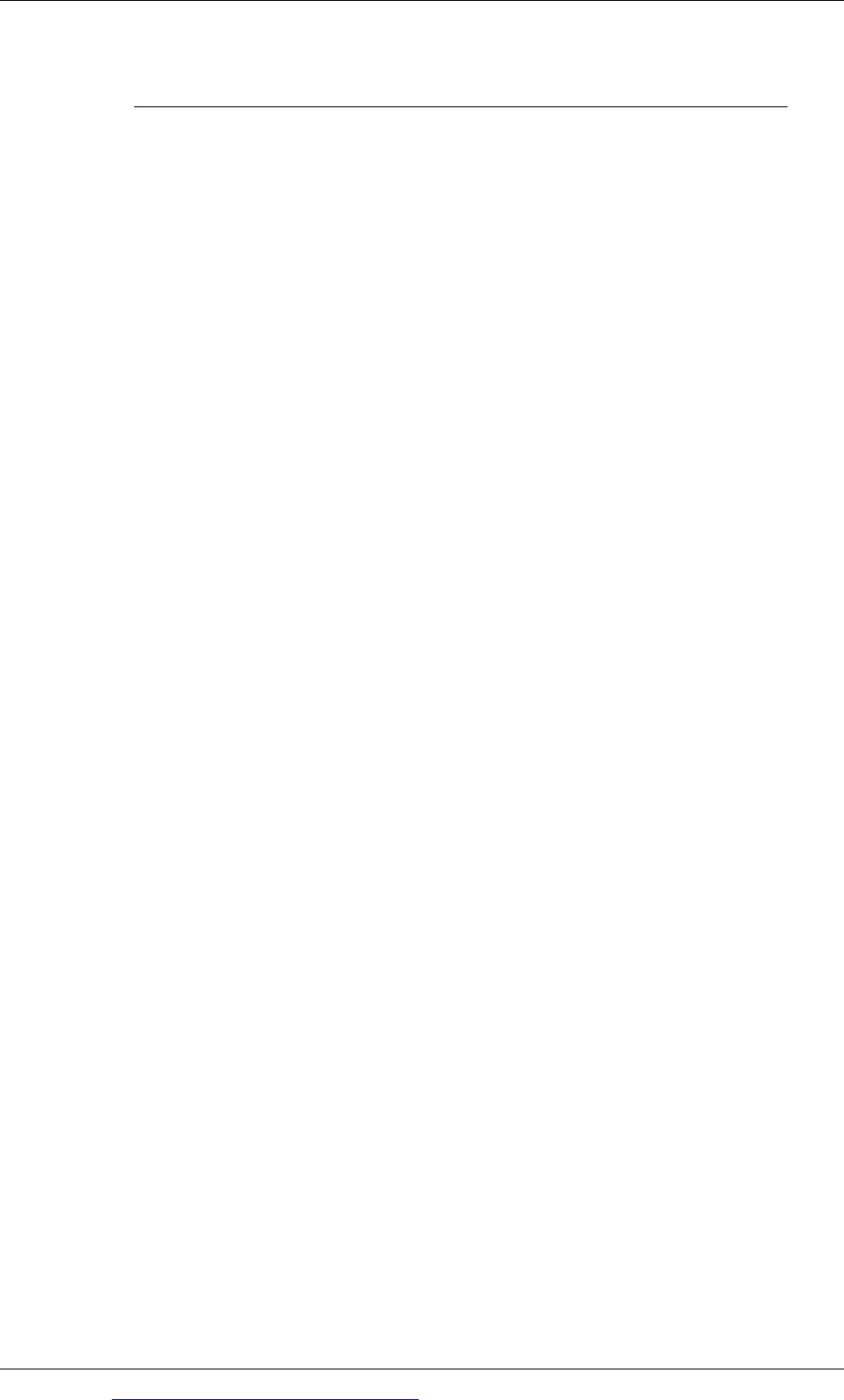
Paper P2: Corporate reporting (International)
564 Go to www.emilewoolfpublishing.com for Q/As, Notes & Study Guides © EWP
At 31 Dec
Year 3
At 31 Dec
Year 4
$
$
Present value of pension fund obligations 1,000
1,200
Market value of pension fund assets 1,000
1,150
Information relevant to the actuarial valuation:
Expected return on plan assets 8%
Discount rate used to determine pension fund liabilities 12%
Current service cost $100
Contributions to the pension fund $140
Benefits paid out amounted to $95
Required
(i) Calculate the charge to profit or loss for the year to 31 December Year 4.
(ii) Compute the amount of the pension surplus or deficit in the statement of
financial position as at 31 December Year 4
(iii) Compute any actuarial gain or loss as at 31
December Year 4 and explain the
available accounting treatments of such a gain or loss.
(iv) Describe proposals by the IASB to change the permitted methods of accounting
for actuarial gains or losses.
26 IFRS 2
(a) IFRS 2 requires an entity to recognise share-based payment transactions in its
financial statements. These include transactions with the employees or other
parties where they are to be settled in cash, other assets or equity instruments
of the entity.
The IFRS identifies three types of share-based payment transaction and sets
out the measurement principles and specific requirements for each.
Required
(i) Suggest why accounting standard setters felt that there was a need for a
standard in this area.
(ii) Identify and briefly explain the three types of share based payments
recognised by IFRS 2.
(b) A client of your firm, a listed company with a 31 December year end, contacts
you for advice on a proposed share option scheme for its employees.
On 1 January Year 5, the client granted 100 options to each of its 500
employees. The grant is conditional upon the employee working for the client
over the next three years. At the grant date, it is estimated that the fair value
of each option is $15.

Practice questions
© EWP Go to www.emilewoolfpublishing.com for Q/As, Notes & Study Guides 565
Calculate the expense in profit or loss for each year of the vesting period .
(i) Assuming that the client’s expectations throughout the vesting period are that
all options will vest.
(ii) And, alternatively, assuming that the client’s best estimates of the proportion
of options that will vest are as follows:
Estimate at 31 December Year 5 85%
Estimate at 31 December Year 6 88%
And that 44,300 options actually vest at 31 December Year 7.
27 The Lucky Dairy
The Lucky Dairy, a company whose shares are traded in the stock market, produces
milk for supply to various customers. It produces 25% of the country’s milk
consumption. The company owns 150 farms and has stock of 70,000 cows and 35,000
heifers (young female cows) which are being raised to produce milk in the future.
The farms produce 2.5 million kilograms of milk per annum and normally hold an
inventory of 50,000 kilograms of milk.
Extracts from the draft accounts to May 20X2 shows that the herd consists of:
70,000 three year old cows (purchased on or before 1June 20X1)
25,000 heifers, average age one a half years old (purchase 1 December 20X1)
10,000 heifers, average age two years old (purchased 1 June 20X1)
There were no animals born or sold in the year.
The per unit values minus estimate point of sale costs were as follows:
1June20X1 31May20X2
2yearoldanimal
$50 $55
1yearoldanimal $40* $42
3yearoldanimal
$60
1½yearoldanimal
$46
* $40 was also the value at 1 December 20X1
The company has had a difficult year in financial and operating terms. The cows
had contracted a disease at the beginning of the year which had been passed on in
the food chain to a small number of consumers. The publicity surrounding the event
had caused a drop in the consumption of milk and as a result the dairy was holding
500,000 kilograms of milk in storage.
The government had stated on 1
April 20X2 that it was prepared to compensate
farmers for the drop in the price and consumption of milk. An official government
letter was received 6 June 20X2, stating that $1.5 million will be paid to Lucky on 1
August 20X2. Additionally, on 1
May 20X2 Lucky received a letter from its lawyers
saying that legal proceedings had started against the company by the persons
affected by the disease. The company lawyers have advised them that they feel that
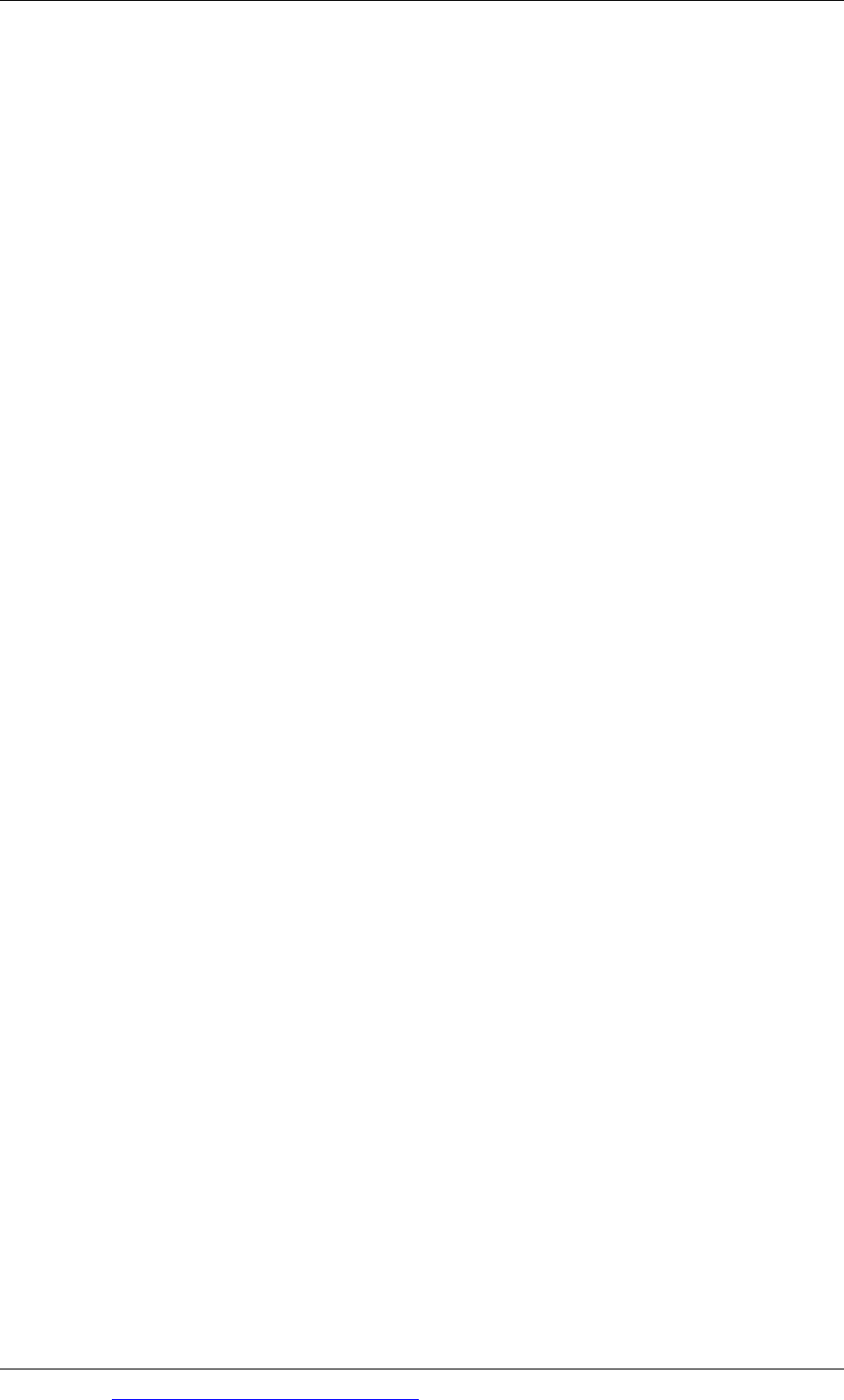
Paper P2: Corporate reporting (International)
566 Go to www.emilewoolfpublishing.com for Q/As, Notes & Study Guides © EWP
it is probable that they will be found liable and that the costs involved may reach
$2million. The lawyers, however, feel that the company may receive additional
compensation from the government if certain quality control procedures have been
carried out by the company. However, the lawyers will only state that the
compensation is possible.
The company’s activities are controlled in three locations: Dale, Shire and Ham. The
only region affected by the disease was Dale and the government has decided that it
is to restrict the milk production of the region significantly. Lucky estimates that the
discounted future cash income from the present herds of cattle in the region
amounts to $1.2 million, taking into account the government restriction order.
Lucky was not sure that the fair value of the cows in the region could be measured
reliably at the date of purchase because of the problems with the diseased cattle. The
cows in this region amounted to 20,000 in number and the heifers 10,000 in number.
All of the animals were purchased on 1
June 20X1.
Lucky has an offer of $1 million for all of the animals in the Dale region (net of
selling costs) and $2 million for the sale of the farms in the region. However, there
was a minority of directors who opposed the planned sale and Board approval was
not achieved until 30 June 20X2.
The directors of Lucky have approached your firm for professional advice on the
above matters.
Required
Advise the directors on how the biological assets and produce of Lucky should be
accounted for under IAS 41 Agriculture, and discuss the implications for the
published financial statements of the above events.
Your answer should include a table which shows the changes in value of the cattle
inventory for the year, split between physical and price changes and showing
separately the valuation of the Dale region. Ignore the effects of taxation.
28 Cohort
Cohort is a private limited company and has two 100% owned subsidiaries, Legion
and Air, both themselves private limited companies. Cohort acquired Air on 1
January 20X2 for $5 million when the fair value of the net assets was $4 million, and
the tax base of the net assets was $3.5 million. The acquisition of Air and Legion was
part of a business strategy whereby Cohort would build up the value of the group
over a three-year period and then list its share capital on the Stock Exchange.
(a) The following details relate to the acquisition of Air, which manufactures
electronic goods:
(i) Part of the purchase price has been allocated to intangible assets because
it relates to the acquisition of a database of key customers of Air. The
recognition and measurement criteria for an intangible asset under IFRS
3 Business Combinations and IAS 38 Intangible Assets do not appear to
have been met but the directors feel that the intangible asset of $500,000
will be allowed for tax purposes and have computed the tax provision
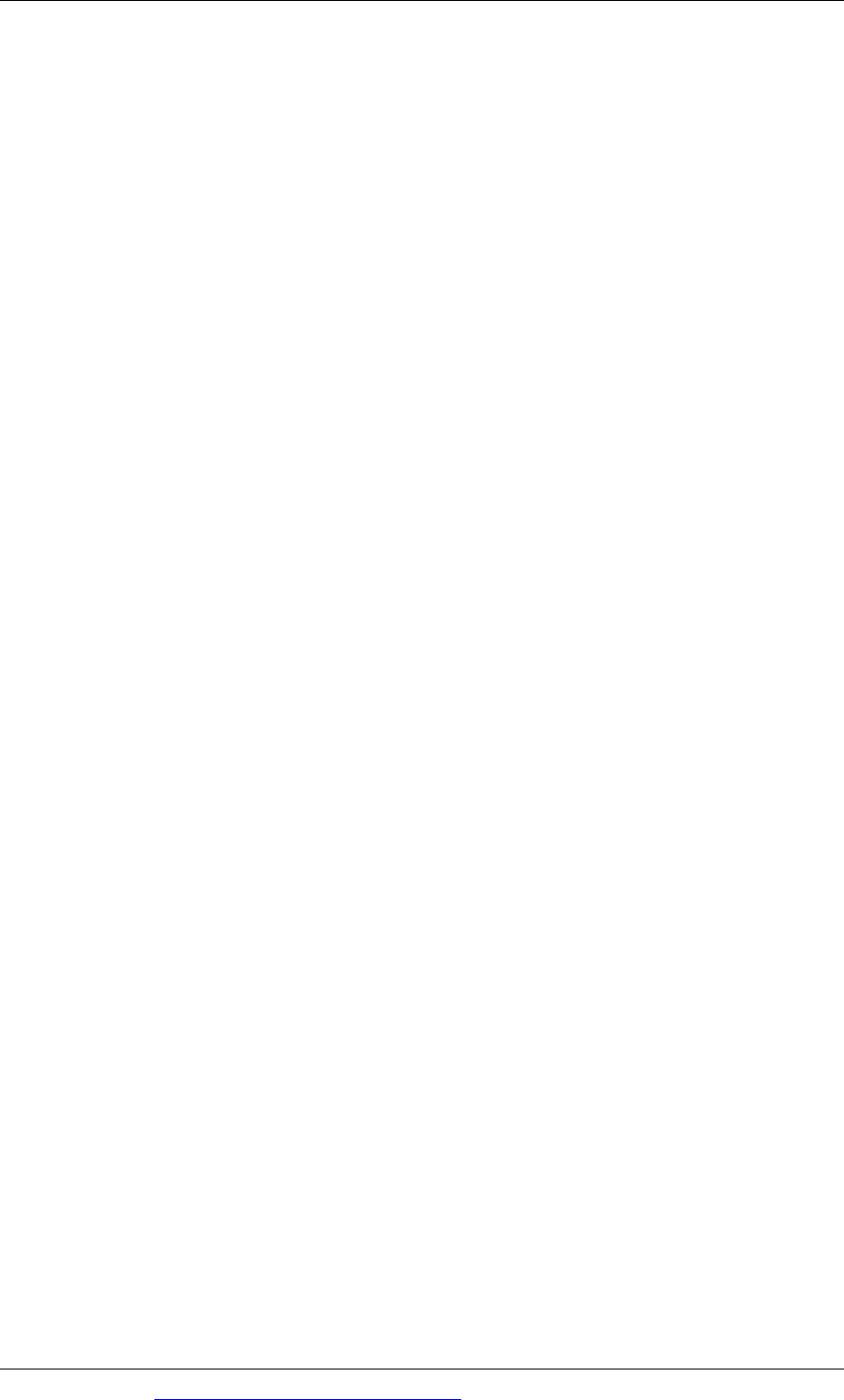
Practice questions
© EWP Go to www.emilewoolfpublishing.com for Q/As, Notes & Study Guides 567
accordingly. However, the tax authorities could possibly challenge this
opinion.
(ii) Air has sold goods worth $3 million to Cohort since acquisition and
made a profit of $1 million on the transaction. The inventory of these
goods recorded in Cohort’s statement of financial position at the year
ending 31May 20X2 was $1.8 million.
(iii) The retained earnings of Air at acquisition were $2 million. The directors
of Cohort have decided that, during the three years leading up to the
date that they intend to list the shares of the company, they will realise
earnings through future dividend payments from the subsidiary
amounting to $500,000 per year. Tax is payable on any remittance of
dividends and no dividends have been declared for the current year.
(b) Legion was acquired on 1 June 20X1 and is a company which undertakes
various projects ranging from debt factoring to investing in property and
commodities. The following details relate to Legion for the year ending 31
May 20X2:
(i) Legion has a portfolio of readily marketable government securities
which are held as current assets. These investments are stated at market
value in the statement of financial position with any gain or loss taken to
profit or loss. These gains and losses are taxed when the investments are
sold. Currently the accumulated unrealised gains are $4 million.
(ii) Legion has calculated that it requires a general allowance of $2 million
against its total loan portfolio. Tax relief is available when the specific
loan is written off. Management feel that this part of the business will
expand and thus the amount of the general provision will increase.
(iii) When Cohort acquired Legion it had unused tax losses brought forward.
At 1 June 20X1, it appeared that Legion would have sufficient taxable
profit to realise the deferred tax asset created by these losses but
subsequent events have proven that the future taxable profit will not be
sufficient to realise all of the unused tax loss.
Impairment of goodwill is not allowed as a deduction in determining taxable profit.
Required
Write a note suitable for presentation to the partner of an accounting firm setting
out the deferred tax implications of the above information for the Cohort Group of
companies.
29 Reporting performance
“It is essential to ensure that financial and other relevant information is
communicated in a manner which can be understood by the recipients of corporate
reports. In addition, it is of the utmost importance that corporate reporting does not
become over-burdened with unnecessary detail and that the costs of collecting and
publishing the information are kept within reasonable bounds.”
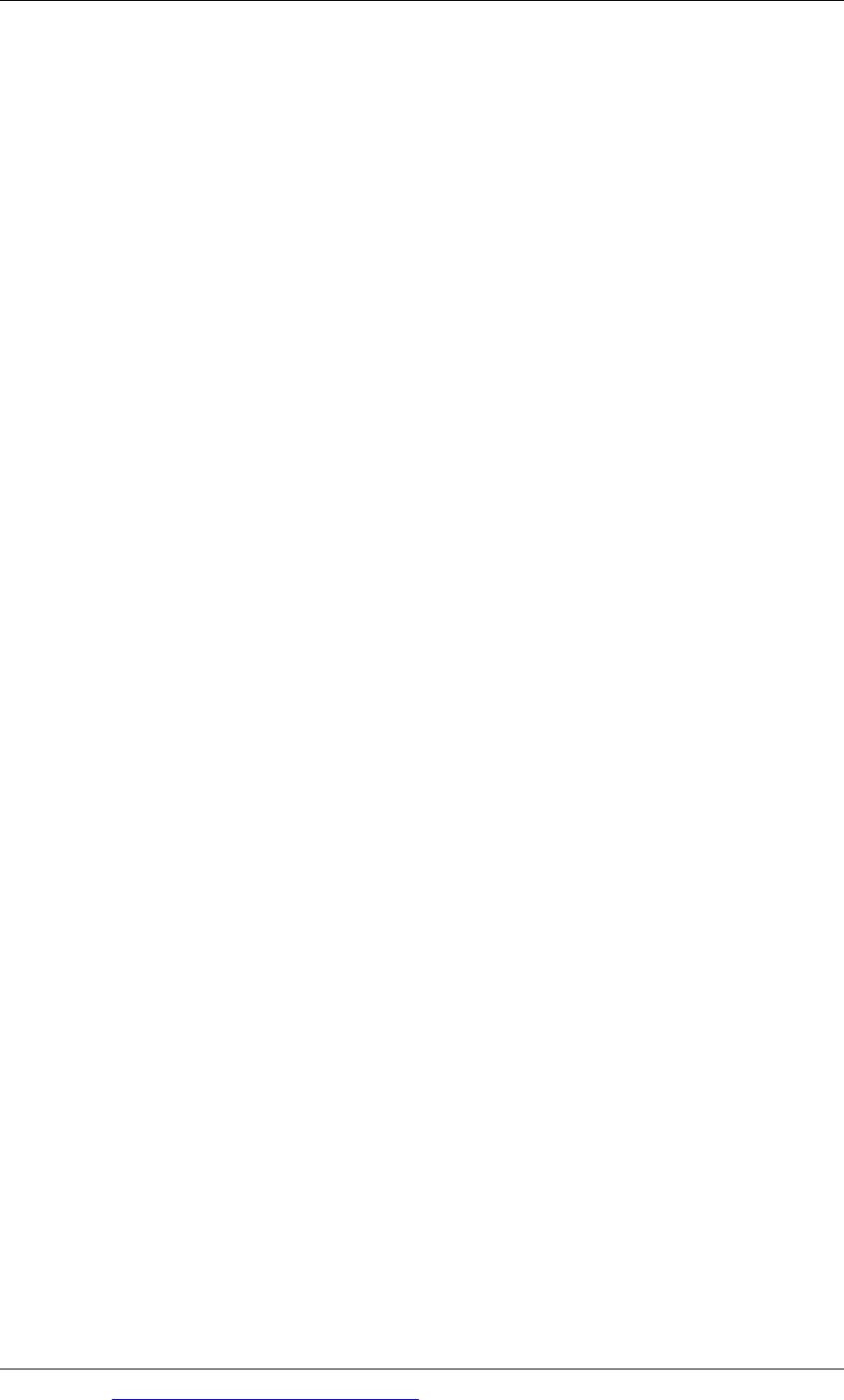
Paper P2: Corporate reporting (International)
568 Go to www.emilewoolfpublishing.com for Q/As, Notes & Study Guides © EWP
Required
Explain the reasoning behind this statement and its implications for present day
financial reports of listed companies.
30 Rowsley
Rowsley is a diverse group with many subsidiaries. The group is proud of its
reputation as a ‘caring’ organisation and has adopted various ethical policies
towards its employees and the wider community in which it operates. As part of its
Annual Report, the group publishes details of its environmental policies, which
include setting performance targets for activities such as recycling, controlling
emissions of noxious substances and limiting use of non-renewable resources.
The finance director is reviewing the accounting treatment of various items prior to
finalising the accounts for the year ended 31
March 20X4. All items are material in
the context of the accounts as a whole. The accounts are due to be approved by the
directors on 30
June 20X4.
Closure of factory
On 15 February 20X4, the board of Rowsley decided to close down a large factory in
Derbytown. The board is trying to draw up a plan to manage the effects of the
reorganisation, and it is envisaged that production will be transferred to other
factories. The factory will be closed on 31 August 20X4, but at 31 March 20X4 this
decision had not yet been announced to the employees or to any other interested
parties. Costs of the reorganisation have been estimated at $45 million
Relocation of subsidiary
During December 20X3, one of the subsidiary companies moved from Buckington to
Sundertown in order to take advantage of government development grants. Its
main premises in Buckington are held under an operating lease, which runs until 31
March 20X9. Annual rentals under the lease are $10 million. The company is unable
to cancel the lease, but it has let some of the premises to a charitable organisation at
a nominal rent. The company is attempting to rent the remainder of the premises at
a commercial rent, but the directors have been advised that the chances of achieving
this are less than 50%.
Legal claim
During the year to 31 March 20X4, a customer started legal proceedings against the
group, claiming that one of the food products that it manufactures had caused
several members of his family to become seriously ill. The group’s lawyers have
advised that this action will probably not succeed.
Environmental impact of overseas subsidiary
The group has an overseas subsidiary that is involved in mining precious metals.
These activities cause significant damage to the environment, including
deforestation. The company expects to abandon the mine in eight years time. The
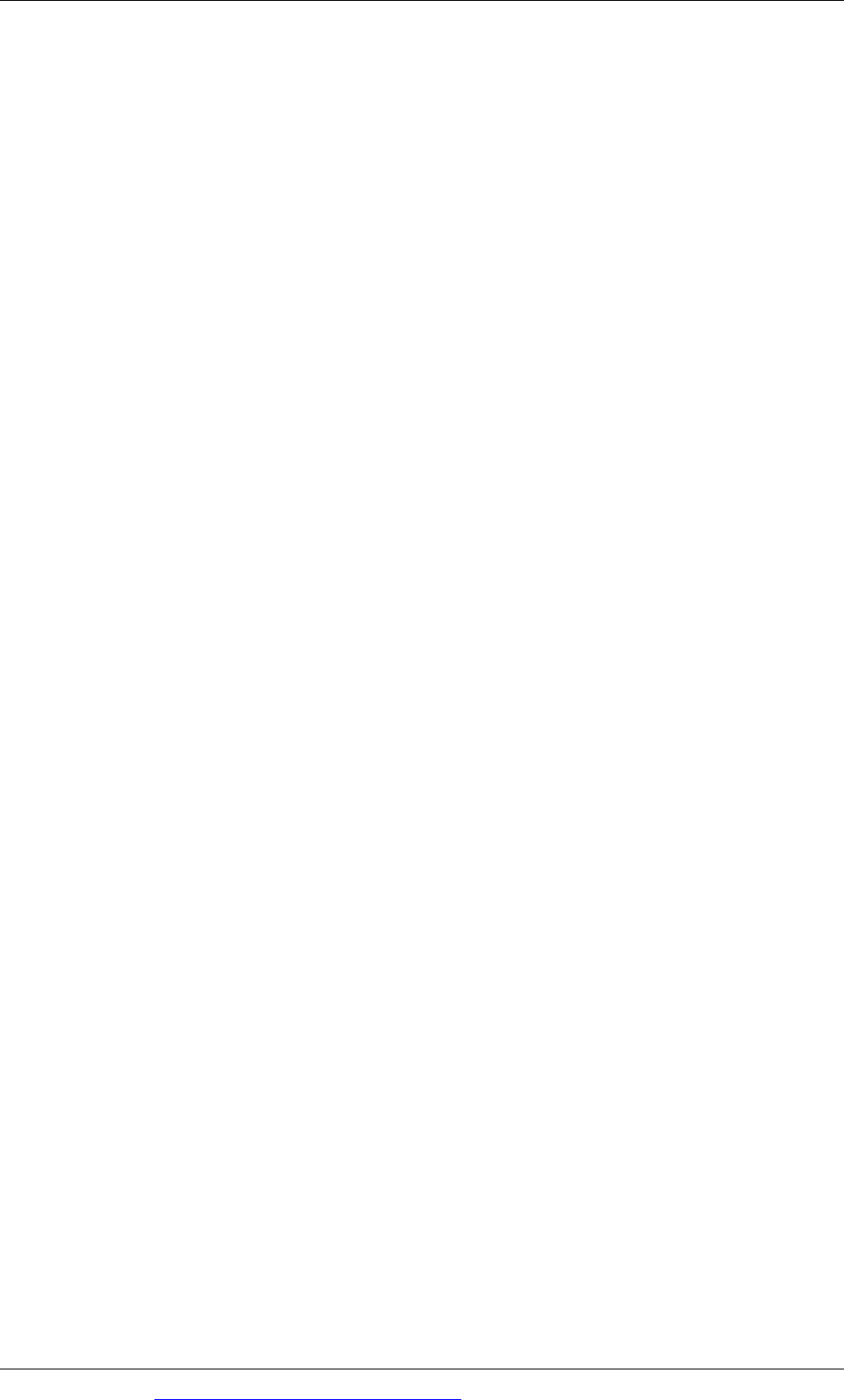
Practice questions
© EWP Go to www.emilewoolfpublishing.com for Q/As, Notes & Study Guides 569
mine is situated in a country where there is no environmental legislation obliging
companies to rectify environmental damage and it is very unlikely that any such
legislation will be enacted within the next eight years. It has been estimated that the
cost of cleaning the site and re-planting the trees will be $25 million if the re-
planting was successful at the first attempt, but it will probably be necessary to
make a further attempt, which will increase the cost by a further $5 million.
Required
Explain how each of the items above should be treated in the consolidated financial
statements for the year ended 31
March 20X4
31 Engina
Engina, a foreign company has approached a partner in your firm to assist in
obtaining local stock exchange listing (or stock market registration) for the
company. Engina is registered in a country where transactions between related
parties are considered to be normal but where such transactions are not disclosed.
The directors of Engina are reluctant to disclose the nature of their related party
transactions as they feel that although they are a normal feature of business in their
part of the world, it could cause significant problems politically and culturally to
disclose such transactions.
The partner in your firm has requested a list of all transactions with parties
connected with the company and the directors of Engina have produced the
following summary:
(a) Every month, Engina sells $50,000 of goods per month to Mr Satay, the
financial director. The financial director has set up a small retailing business
for his son and the goods are purchased at cost price for him. The annual
turnover of Engina is $300 million. Additionally, Mr Satay has purchased his
company car from the company for $45,000 (market value $80,000). The
director, Mr Satay, earns a salary of $500,000 a year, and has a personal
fortune of many millions of pounds.
(b) A hotel property had been sold to a brother of Mr Soy, the Managing Director
of Engina, for $4 million (net of selling cost of $0.2 million). The market value
of the property was $4.3 million but prices have been falling rapidly. The
carrying value of the hotel was $5 million and its value in use was $3.6
million. There was an over-supply of hotel accommodation due to
government subsidies in an attempt to encourage hotel development and the
tourist industry.
(c) Mr Satay owns several companies and the structure of the group is outlined
below. Engina earns 60% of its profits from transactions with Car and 40% of
its profits from transactions with Wheel. All of the above companies are
incorporated in the same country.
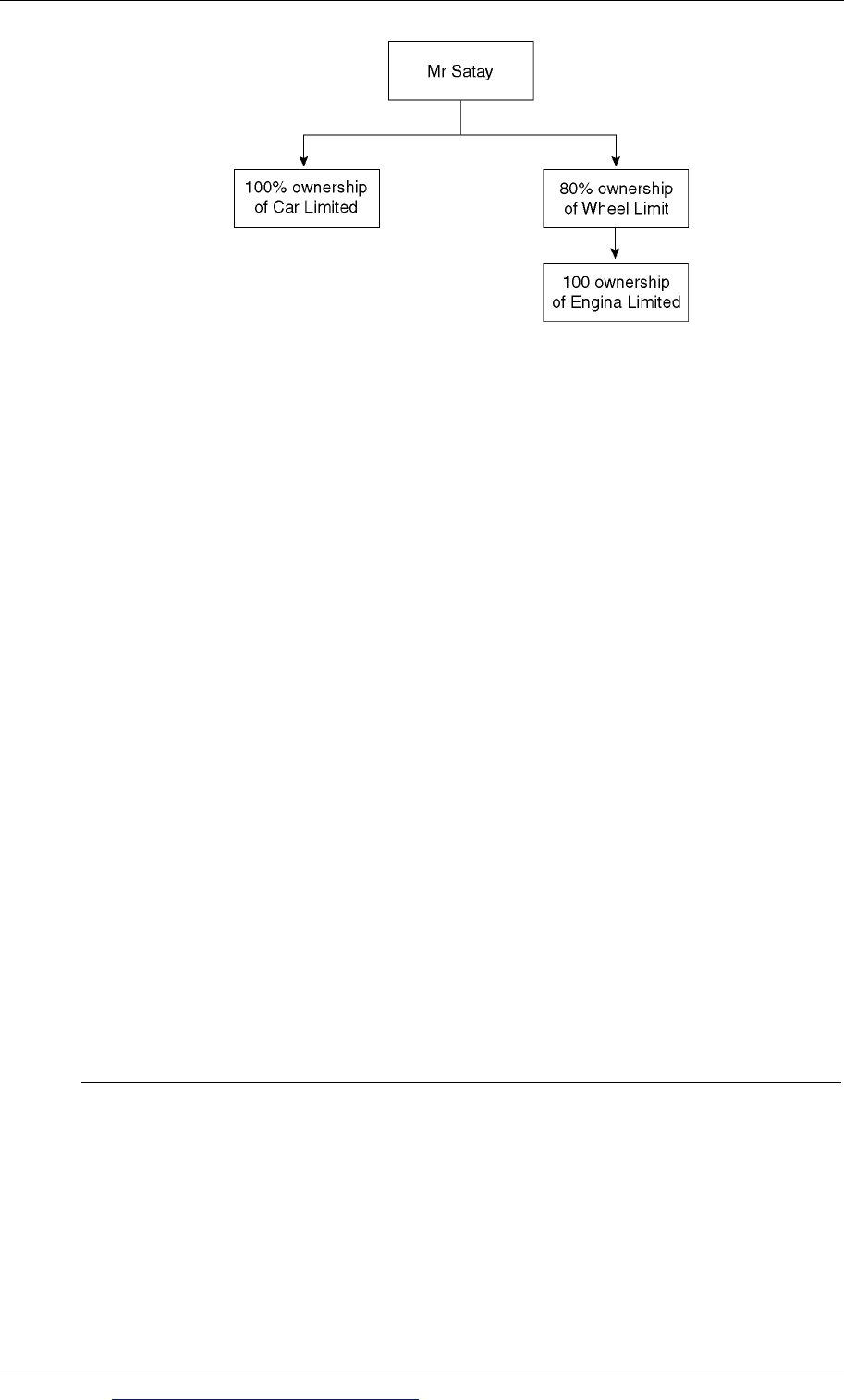
Paper P2: Corporate reporting (International)
570 Go to www.emilewoolfpublishing.com for Q/As, Notes & Study Guides © EWP
Required
Write a report to the directors of Engina setting out the reasons why it is important
to disclose related party transactions and the nature of any disclosure required for
the above transactions under IAS 24 Related Party Disclosures.
32 Property Venture
The directors of Property Venture, a limited liability company, are reviewing their
investment in Exceptional Properties. In 20X3 they had invested $2,476,000 in
Exceptional Properties’ share capital and made a further investment of $6,508,000 in
20X4. They have recently been requested by the directors of Exceptional Properties
to subscribe a further $5,000,000 in 20X5 as new ordinary share capital.
The following documents relating to Exceptional Properties (in draft form) are set
out below:
Statement of group cash flows for the year ended 31 December 20X4 together
with comparative figures for 20X3.
Group income statement for the year ended 31
December 20X4 together with
comparative figures for 20X3.
An analysis of movements on equity reserves attributable to the equity owners
of Exceptional Properties
Notes to the financial statements relating to turnover and profit.
ExceptionalProperties
Groupstatementofcashflowsforyearended31December
20X4 20X3
$000 $000
Cashoutflowfromoperatingactivities
Cashgeneratedfromoperations
(13,805) (7,195)
Interestpaid
(7,090) (3,300)
Incometaxpaid
(336) (494)
–––––––––––––––– ––––
–––––––––––––––– ––––
(21,231) (10,989)

Practice questions
© EWP Go to www.emilewoolfpublishing.com for Q/As, Notes & Study Guides 571
Cashflowsfrominvestingactivities
Dividendsreceivedfromassociate
‐ 10
Interestreceived
300 390
Purchaseofnon‐currentassets
(1,607) (5,650)
Proceedsfromsaleofnon‐currentassets
16,820
Acquisitionofsubsidiary(netofcashacquired)
(7,444) (3,667)
–––––––––––––––– ––––
–––––––––––––––– ––––
8,069 (8,917)
Cashflowsfromfinancingactivities
Equitydividendspaid
(1,318) (628)
Issueofordinarysharecapital
6,508 2,476
Issueofloan
2,456 5,696
Repaymentofloans
(1,064) (5,242)
–––––––––––––––– ––––
–––––––––––––––– ––––
6,582 2,302
–––––––––––––––– ––––
–––––––––––––––– ––––
Decreaseincashandcashequivalents
(6,580) (17,604)
ExceptionalProperties
Groupincomestatementfortheyearended31December
20X4 20X3
$000 $000
Profitbeforetaxation(includingresultsofactivites
Retainedandthosebeingsold)
2,311 3,733
Taxation
(1,558) (784)
–––––––––––––––––––– ––––––––––––––––––––
Profitaftertaxation
753 2,949
–––––––––––––––––––– ––––––––––––––––––––
Profitattributabletonon‐controllinginterests
‐ 482
ProfitattributabletotheequityownersofExceptional
PropertiesGroup
753 2,467
–––––––––––––––––––– ––––––––––––––––––––
753 2,949
–––––––––––––––––––– ––––––––––––––––––––
Reservesanalysis:
20X4 20X3
Retainedprofit:
$000 $000
Profitaftertax
753 2,467
Dividends
(1,698) (768)
–––––––––––––––––––– ––––––––––––––––––––
(945) 1,699
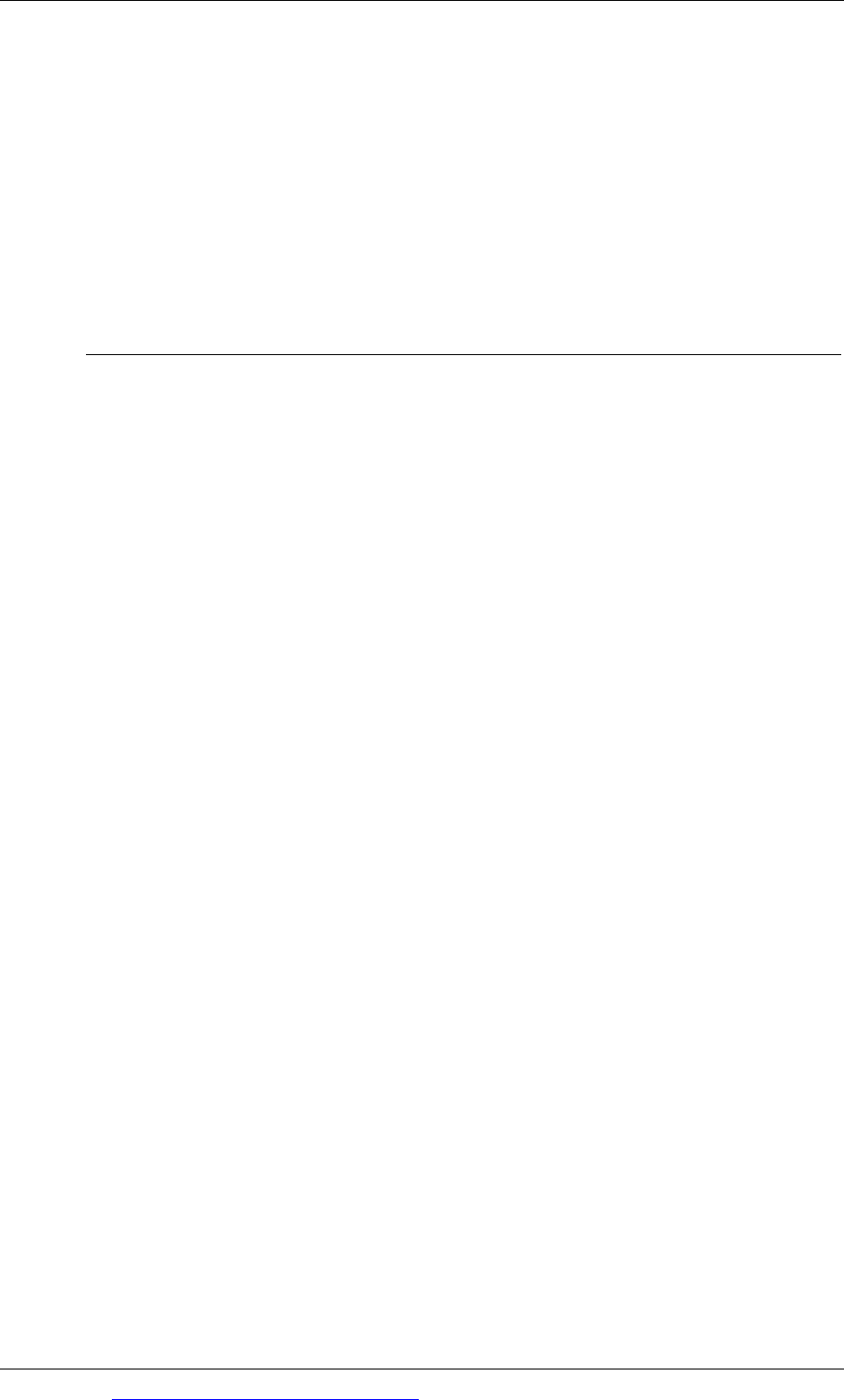
Paper P2: Corporate reporting (International)
572 Go to www.emilewoolfpublishing.com for Q/As, Notes & Study Guides © EWP
Otherreservemovementsduringtheperiod:
Revaluationreserve
5,612 171
Other
370 (47)
–––––––––––––––––––– ––––––––––––––––––––
Increaseinreserves
5,037 1,823
–––––––––––––––––––– ––––––––––––––––––––
Notes forming part of the financial statements
(1) Turnover
20X8 20X7
Analysedbyoperatingsegment
$000 $000
Activitiesbeingretained:
Constructionandhousebuilding
86,603 61,710
Overseaspropertydevelopment
6,349 2,383
Engineering
8,647‐
TownHouseServices
10,763‐
–––––––––––– ––––––––––––
112,362 64,093
Activitiesbeingsold:
Propertydevelopmentandrentals
8,614 4,506
–––––––––––– ––––––––––––
120,976 68,599
–––––––––––– ––––––––––––
(2) Profit before taxation is stated after charging or crediting:
(a) Nettradingexpenses:
Changeinworkinprogressandownworkcapitalised
(4,575) (22,226)
Rawmaterialsandconsumables
42,819 28,990
Otherexternalcharges
55,779 44,095
Staffcosts
17,317 8,827
Depreciationandotheramounts
Written offtangibleassets
1,013 539
Otheroperatingcharges
4,006 4,554
–––––––––––– ––––––––––––
116,359 64,779
–––––––––––– ––––––––––––
(b) Shareofprofits/(losses)ofassociates (412) 47
(c) Incomeandprofits/(losses)fromnon‐currentasset
investmentsotherthanassociates
(173) 64
(d)Interestreceivableandsimilarinco me
335 383
(e) Interestpayableandsimilarcharges:
